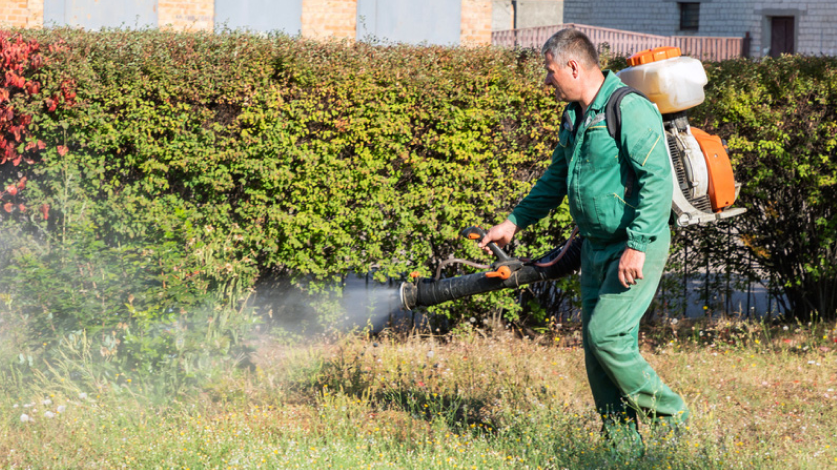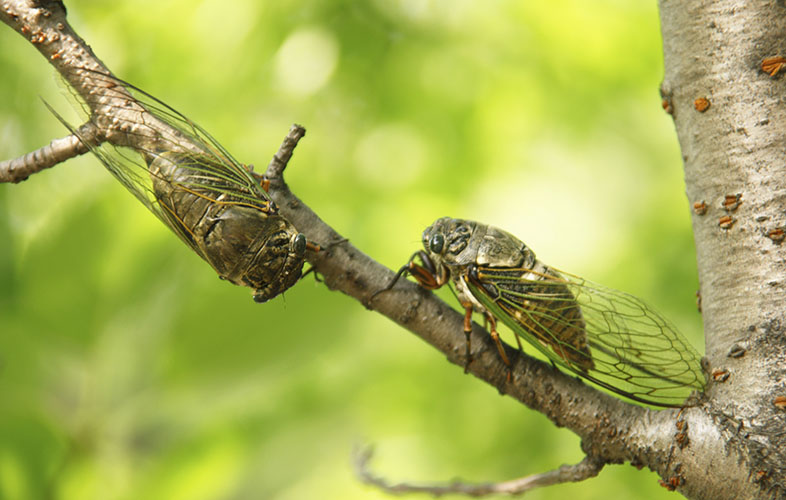The Spotted Lanternfly, mostly prevalent throughout New England, is an invasive insect known for causing damage to trees, vines, crops and other types of plants. You can recognize this destructive species by their black heads and black bodies with white dots as nymphs and grayish and red wings covered in black spots as adults. Adults feed on tree trunks and branches while nymphs feed on younger growths, weakening plants and making them prone to lethal diseases and other insects. Like the whitefly, these lanternflies will leave you with a sticky mess that is very difficult to deal with.
We've got the answers to some of the most important questions about spotted lanternflies this fall.


 Branch Finder
Branch Finder













 Back to all blogs
Back to all blogs

Facebook
X
Youtube
Copy Link
Email